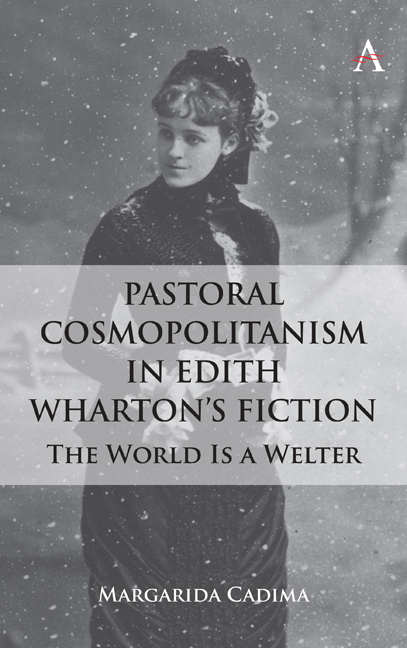Chapter 9 - Romantic Ruins? Edith Wharton's Sedimented Vision
Published online by Cambridge University Press: 28 February 2024
Summary
In the second chapter of A Backward Glance, Edith Wharton remembers her childhood spent in Rome and muses: “That old city of Rome of the mid-nineteenth century was still the city of romantic ruins.” Here, Wharton's terminology—focusing on local landmarks as visual shorthand for an entire culture—registers the widespread literary, philosophical and artistic obsession with monumental ruins, from the Parthenon, the Pyramids to the Colosseum. Broken and disorderly in varying degrees, yet much visited and venerated, ruins—as Tanya Whitehouse notes—symbolize stubborn endurance as much as ephemerality, and are synonymous with nostalgic rumination as well as rigorous scientific enquiry. Such residuals are “romantic” in the sense that Thomas McFarland expresses: “All such diasparative eloignement testifies to the pervasiveness of Romantic longing and the incompleteness it implies.” This “longing”—to revive the dead splendors of historical memory?—is in an ever-evolving state, according to Frederic Schlegel: “The romantic kind of poetry is still in the state of becoming; that, in fact, is its real essence: that it should forever be becoming and never be perfected.”
In this chapter I argue that Wharton treats “romantic ruins” not just as instances of pleasurable dereliction or metaphors for a lost past. By scrutinizing a variety of damaged vestiges of the built environment—from massive, imposing archaeological sites with a testimonial resonance for posterity to more recent, ramshackle structures as well as garden “follies”—I show how Wharton converts the ruin into an intricate repository or conduit for her own force of feeling. This enables her to comment on the layered landscapes through which she travelled and their relationship with the “welter” of this “world”—the frenetic rhythms of advanced industrial modernity. In this regard, Wharton may have had in mind John Ruskin's seminal conception of ruins in The Seven Lamps of Architecture:
For, indeed, the greatest glory of a building is not in its stones, nor in its gold. Its glory is in its Age, and in that deep sense of voicefulness, of stern watching, of mysterious sympathy, nay, even of approval or condemnation, which we feel in walls that have long been washed by the passing waves of humanity.
- Type
- Chapter
- Information
- Pastoral Cosmopolitanism in Edith Wharton's FictionThe World is a Welter, pp. 115 - 124Publisher: Anthem PressPrint publication year: 2023



